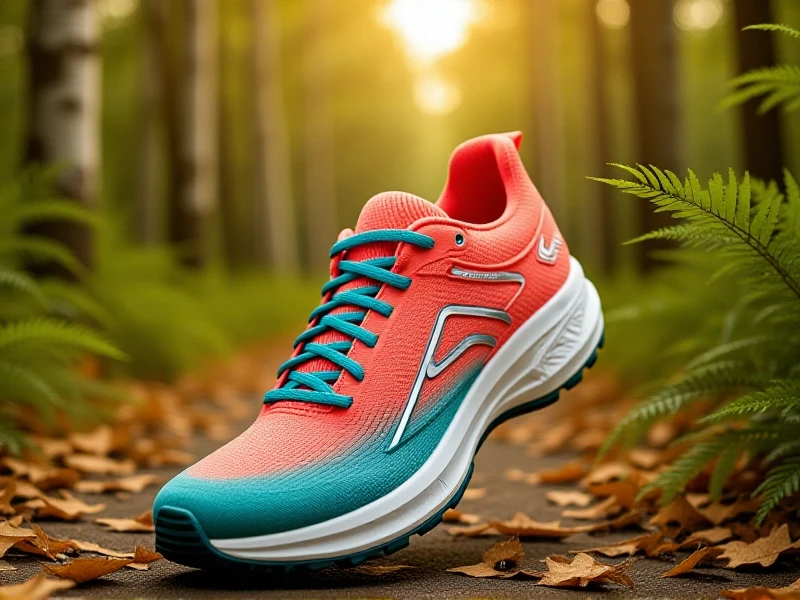
Find Your Perfect Stride: The Ultimate Guide to Running Shoes
Lacing up the right pair of running shoes is the essential first step towards an enjoyable, injury-free running journey. Whether you’re a weekend warrior training for your first 5K or a seasoned marathoner, selecting the ideal running shoes significantly impacts your comfort, performance, and long-term wellbeing. Forget generic fashion choices; this decision hinges on functionality and fit.
Why Finding "The One" Matters Running places unique stresses on your feet, ankles, knees, and hips. Proper running shoes are engineered to manage impact forces, provide stability during your gait cycle, and offer the responsive propulsion you need. Wearing incorrect shoes – worn-out, unsupportive, or simply mismatched to your mechanics – is a recipe for common injuries like shin splints, plantar fasciitis, or knee pain. Your feet aren't just carrying weight; they're powerful levers requiring precise support.
Key Factors for Choosing Your Ideal Running Shoes
- Foot Strike & Arch Type: This is foundational. Do you overpronate (foot rolls inward excessively), supinate (foot rolls outward), or have a neutral stride? Similarly, knowing if you have flat feet, high arches, or neutral arches dictates the level of stability and motion control you need. Visit a specialized running store for a gait analysis; it's invaluable.
- The Right Fit: Always get fitted in-store later in the afternoon when feet are slightly swollen, and wear your running socks. There should be about a thumb's width (roughly half an inch) of space between your longest toe and the end of the shoe. Your heel should lock in snugly without slipping, with ample width in the toe box to wiggle freely – cramped toes lead to black nails! Don’t assume you wear the same size as your casual shoes across all brands.
- Cushioning & Responsiveness: Running shoes offer a spectrum. Plush running shoes provide maximum shock absorption, great for long distances or runners prone to joint pain. Firmer, lighter shoes offer more ground feel and responsiveness, favoured by speedwork enthusiasts. Consider the runs you do most frequently.
- Purpose: Match the shoe to the road. Road running shoes: Designed for pavement, offering cushioning. Trail running shoes: Feature aggressive tread, rock plates for protection on uneven terrain, and often enhanced stability. Race Day shoes: Ultra-lightweight, often carbon-plated for speed, sacrificing durability and cushioning for peak performance.
- Drop (Heel-to-Toe Offset): The height difference between the heel and forefoot influences running form and pressure distribution. Traditional drops (8-12mm) ease strain on the Achilles. Lower drops (0-6mm) encourage more midfoot striking but require calf strength adaptation. Know what works for your body.
Beyond Purchase: Caring for Your Running Shoes
Quality running shoes aren't cheap. Maximize their lifespan (typically 300-500 miles) by rotating two pairs if possible. Let them air dry naturally after wet runs. Avoid machine washing/drying, which breaks down critical foams. Know the signs of wear – if the cushion feels flat, tread is smooth, or uppers are torn, it’s time for new running shoes. Continuing to run in worn shoes negates all that supportive technology, inviting injury.
Investing time and research into finding your perfect pair of running shoes isn't a luxury; it's a necessity for hitting your goals and enjoying every mile. Your feet will thank you.